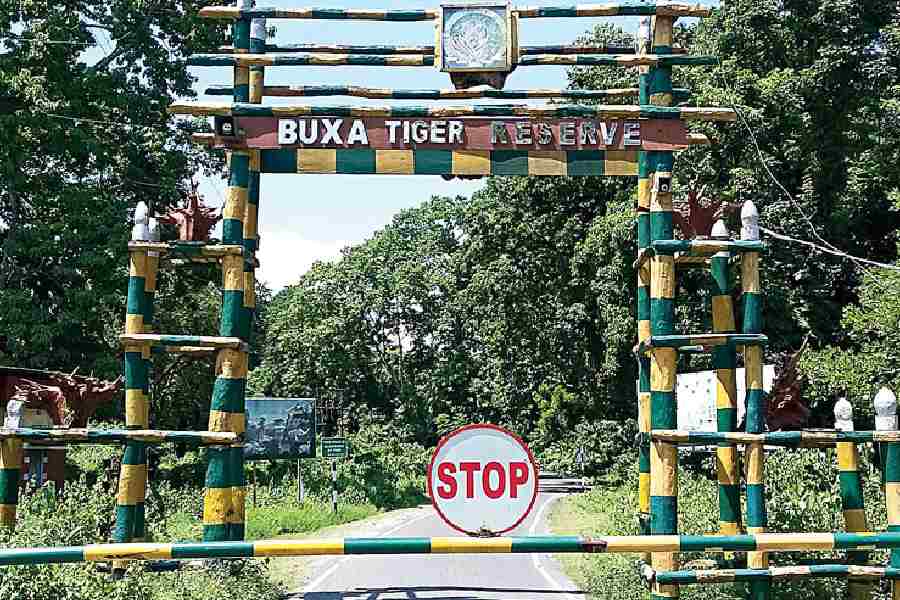A village in Bengal’s Alipurduar will go to polls for the last time this April before it becomes part of the Buxa Tiger Reserve. Its 115 villagers have already been relocated. Since 1973, 18,493 families have been relocated from 215 villages so that tigers may be protected. Another 41,086 families living in 496 villages are still living inside tiger reserves as of 2020. There has been an increase in tiger reserves from 9 in 1973 to 52 in 2022, according to a 2022 report by the NGO Indigenous Rights Advocacy Centre. Currently, there are tiger reserves in the country covering an area of 75,000 square kilometres. Just so you have an idea, Goa, which is the smallest state, has an area of 3,702 square kilometres; Arunachal comprises 83,743 square kilometres.
Past Forward
The Mughals enjoyed their shikar and so did the British as well as India’s elite. In the monograph, India’s Wildlife History, Mahesh Rangarajan writes that in his 12 years of reign, Jahangir killed 17,000 animals, including 86 tigers. Rangarajan notes that from the 1860s, “rewards were increased in the Central Provinces and other regions to range from twenty to fifty rupees for adult tigers and from ten to twenty rupees for their cubs”. In the paper ‘A Natural History of Colonialism’, Mukund Belliappa writes that Nripendra Narayan Bhup Bahadur of Cooch Behar was an “obsessive” hunter. His shooting camps hosted viceroys, earls, counts, rajas, British officers for 37 years.
The Hunt
In 2021, Debrigarh, a wildlife sanctuary in Odisha, was made human settlement-free. In 2020, 110 families of Khajuri village lying within the buffer area of Similipal Tiger Reserve, also in Odisha, were relocated. In 2021, when 24 people of the Lambada tribe went inside the Amrabad Tiger Reserve in Telangana to collect Mahua flowers, forest guards stripped and beat them. Scramble back. 2013. Villagers from Navegaon on one end of the Tadoba-Andhari Tiger Reserve moved out. In 2012, a fisherman was shot dead by forest department staff when he entered the Pench National Park. The tribals had been evicted from the reserve 10 years before that. Scramble back further. 2008. Villagers living in Dudhwa National Park in Uttar Pradesh moved out to “save the tiger”. According to news reports, some of these relocations are “peaceful” and some “forced”. When five families of Pili village in the Melghat Tiger Reserve refused to shift, the government reportedly cut off all facilities. And when a man from the Basava tribe went inside the Nagahole Tiger Reserve in Karnataka, he was shot in his buttock. You see, the Wild Life (Protection) Act, of 1972 deems criminal all traditional practices of tribals living in and around the protected area. The district magistrate of Alipurduar, however, has been most reassuring. It seems the government will arrange for transport so that people of Alipurduar's Bhutia Basty can cast their vote.










